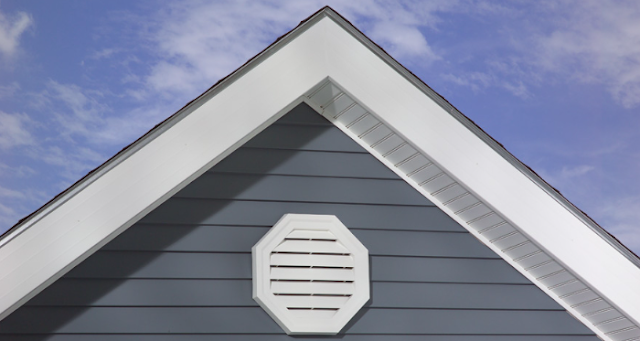Candles have become a quintessential part of modern home decor. Whether you're creating a cozy ambiance, adding a touch of elegance, or simply indulging in soothing scents, choosing the right candles can elevate your living space.
In this guide, we’ll explore the best candles for home decor, ensuring that your home exudes style and serenity.
Why Candles are Essential for Home Decor
Candles offer a dual purpose: aesthetics and ambiance. They provide soft lighting, add character to a room, and can evoke emotions through their scents. From enhancing romantic evenings to complementing your interior design, candles are a versatile addition to any home.
Types of Candles for Home Decor
1. Pillar Candles
Pillar candles are classic, freestanding candles that come in various sizes. Perfect for creating centerpieces, they fit seamlessly into any room and last for hours due to their slow burn.
Best Use:
Dining tables
Fireplace mantels
Bathroom counters
2. Taper Candles
Taper candles are elegant and tall, making them ideal for formal settings. These candles require candle holders and are commonly used for enhancing sophisticated decor themes.
Best Use:
Dining room tables
Wedding decor
3. Votive Candles
Compact and versatile, votive candles are usually housed in small glass holders. They provide soft, flickering light, ideal for intimate settings.
Best Use:
Bedroom decor
Window sills
4. Tealight Candles
Tealight candles are small, flat, and perfect for subtle accents. They are often used in bulk to create dramatic lighting effects.
Best Use:
Lanterns
Table centerpieces
5. Jar Candles
Jar candles are enclosed in glass containers, making them safe and stylish. They often double as scented candles, offering both aesthetic and olfactory appeal.
Best Use:
Living rooms
Bathrooms
6. Floating Candles
Floating candles add a magical touch to water displays. These candles are designed to float, creating a mesmerizing ambiance.
Best Use:
Garden ponds
Decorative bowls
Scented vs. Unscented Candles
Scented Candles
Scented candles combine decor with aromatherapy. They infuse your space with delightful fragrances and create a relaxing environment.
Popular Scents:
- Lavender (for relaxation)
- Vanilla (for warmth)
- Citrus (for energy)
Unscented Candles
Unscented candles focus purely on decor and ambiance. These are great for people sensitive to fragrances or for dining areas where food aromas take center stage.
Choosing the Right Candle for Your Decor Style
Minimalist Homes
Opt for monochromatic candles in sleek holders. Neutral tones like white, beige, or black complement minimalist interiors.
Rustic Decor
Choose candles with earthy tones and textures. Wooden or metal holders enhance the rustic charm.
Modern Interiors
Go for geometric candle shapes or metallic finishes. Statement pieces like oversized pillar candles work well here.
Bohemian Vibes
Mix and match colorful candles with intricate holders. Layered candle arrangements create a warm, eclectic atmosphere.
How to Style Candles in Your Home
1. Layer Heights and Sizes
Combine candles of varying heights to add depth to your decor. Group them in odd numbers for a balanced look.
2. Use Candle Holders Creatively
From vintage candelabras to minimalist glass holders, the right holder can elevate your candles.
3. Incorporate Seasonal Themes
Swap candles according to seasons. For example, use pumpkin-scented candles in autumn and fresh floral scents in spring.
4. Create Candle Clusters
Arrange candles in clusters on trays for an organized yet cozy vibe. Add elements like pebbles or greenery for added texture.
Safety Tips for Using Candles
- Never leave lit candles unattended.
- Place candles away from flammable materials.
- Trim wicks before lighting to avoid excessive smoke.
- Use heat-resistant surfaces to prevent damage.
Top Brands for Quality Candles
1. Yankee Candle
Known for their extensive range of scents and long-lasting burn times, Yankee Candle offers a candle for every occasion.
2. Diptyque
Diptyque candles are luxurious and beautifully packaged. They’re a favorite for adding a touch of sophistication.
3. Bath & Body Works
This brand offers affordable, high-quality scented candles in trendy designs.
4. Jo Malone
Jo Malone’s candles are renowned for their elegant fragrances and chic aesthetic.
5. Homesick Candles
Homesick candles evoke nostalgia with scents inspired by cities and memories.
Conclusion
Candles are more than just decorative accents; they are tools for creating ambiance and expressing your style. Whether you prefer sleek minimalism or vibrant bohemian vibes, the right candles can transform your home into a haven.






